Epic pages and theatrical language
The opera was adapted from part 3 of the historical novel “Nuoc non van dam” by Vice Chairman of the Central Council of Theory Nguyen The Ky - a monumental literary work depicting the portrait of President Ho Chi Minh through many periods.
If in part 1 - "Debt to the country", the audience met the young man Nguyen Tat Thanh who was eager to find a way to save the country, then in part 3 "From Viet Bac to Hanoi ", Nguyen Ai Quoc - Ho Chi Minh was a revolutionary soldier who had endured hardships, courage and intelligence, after 30 years of wandering around the five continents.
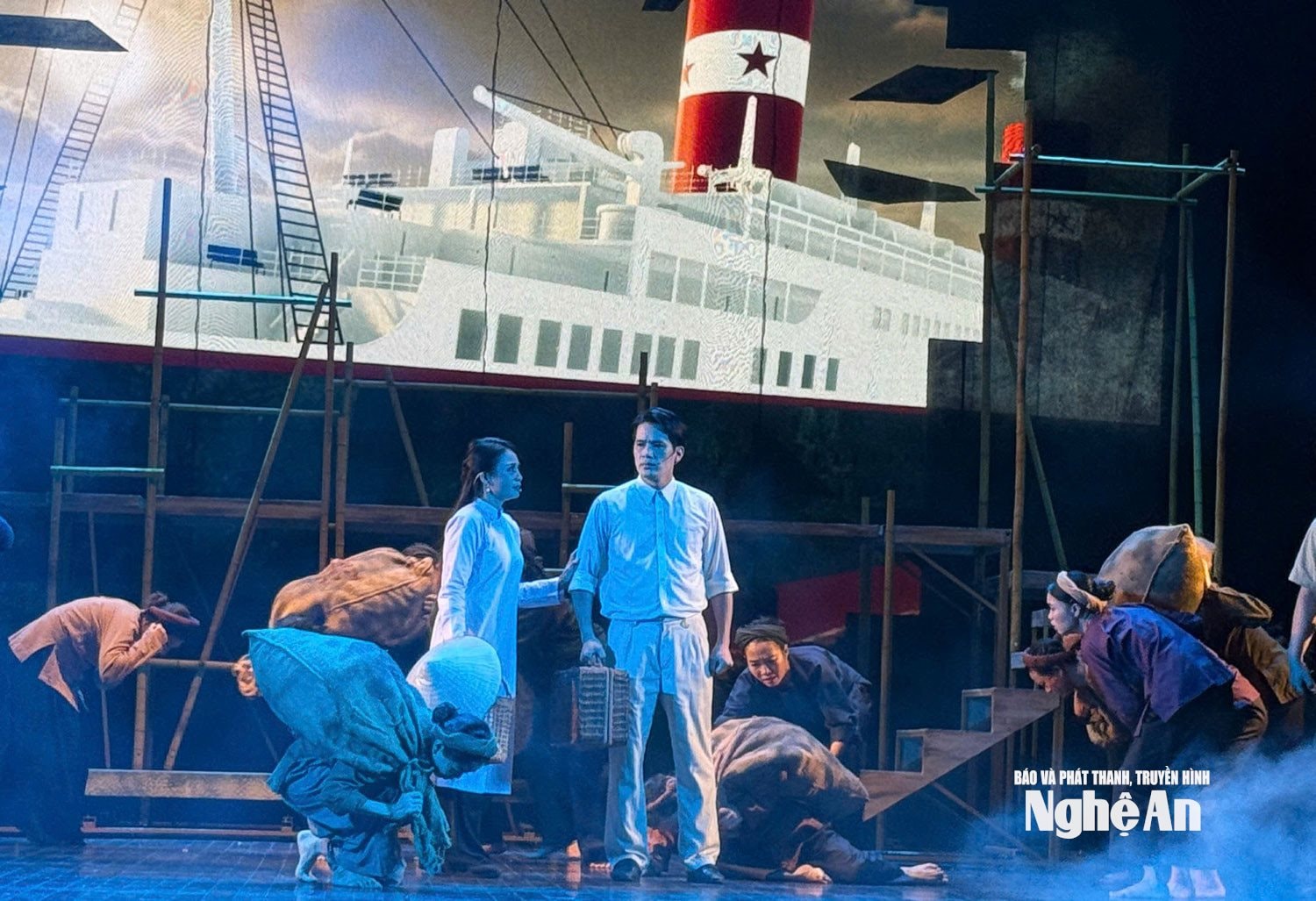
The work's setting spans from Spring 1941 - when Uncle Ho returned to Pac Bo to the victory of the August Revolution in 1945 and the historic Autumn afternoon (September 2, 1945) at Ba Dinh Square. It is a journey of overcoming many hardships, building forces, enlightening the masses, leading the General Uprising and reading the Declaration of Independence giving birth to the Democratic Republic of Vietnam.
In the revolutionary theater scene, there have been many works depicting the image of Uncle Ho with an epic spirit. However, director People's Artist Trieu Trung Kien and author Nguyen The Ky chose a new approach: Incorporating poetry, lyricism and slices of his everyday life.
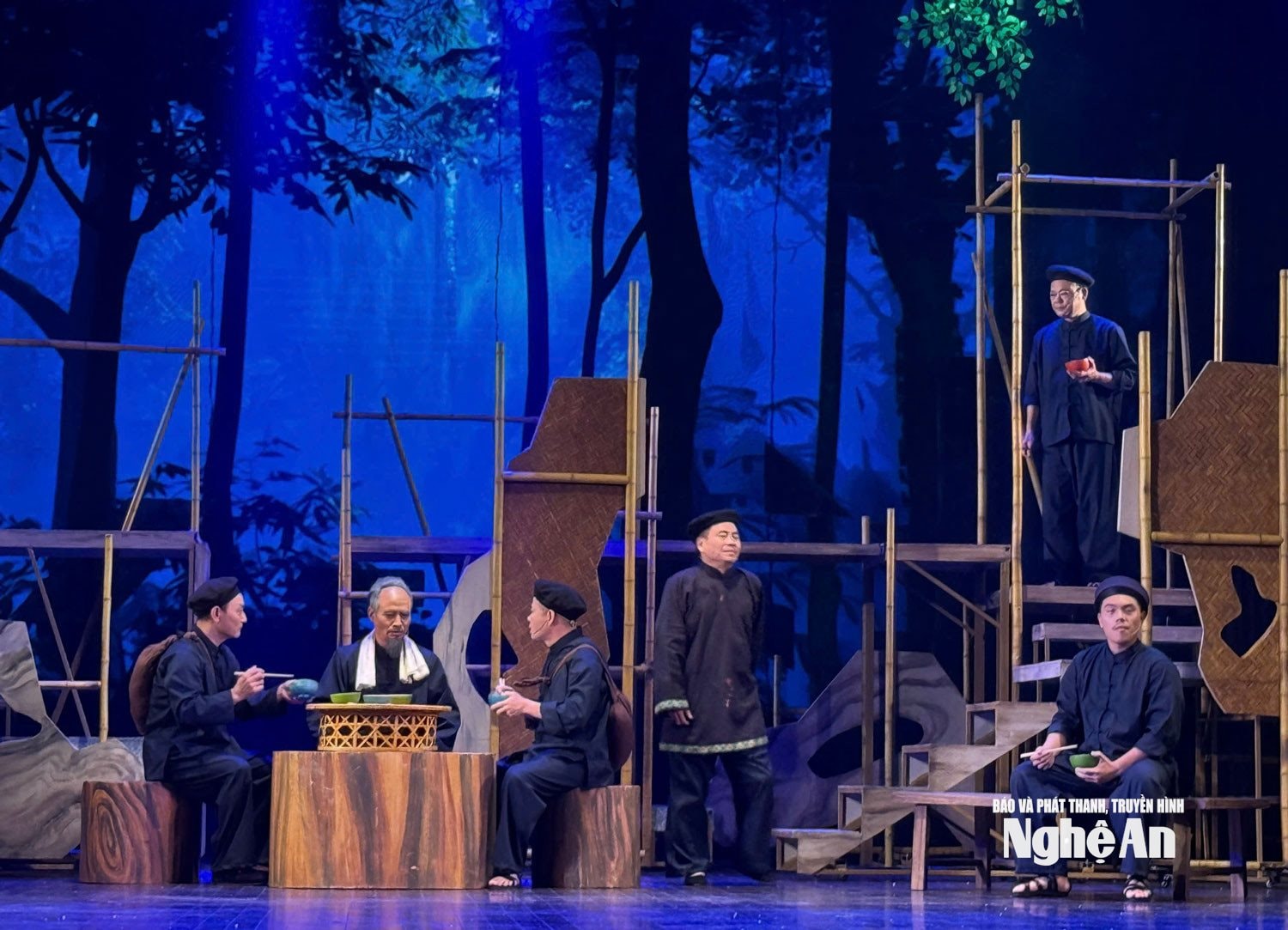
In the opera "From Viet Bac to Hanoi", the audience encounters Uncle Ho not only in the role of an outstanding leader, but also as a person with childhood memories, family nostalgia, moments sitting next to comrades chatting, singing, smiling. It is these details that create humanistic depth, making the image of Uncle Ho become close, lively but still exuding great stature.
The adapted script by Hoang Song Viet is smooth, retaining the historical weight. The music composed by People's Artist Trong Dai, combined with the art of People's Artist Doan Bang and painter Hoang Duy Dong, has given the play a solemn yet emotional look.
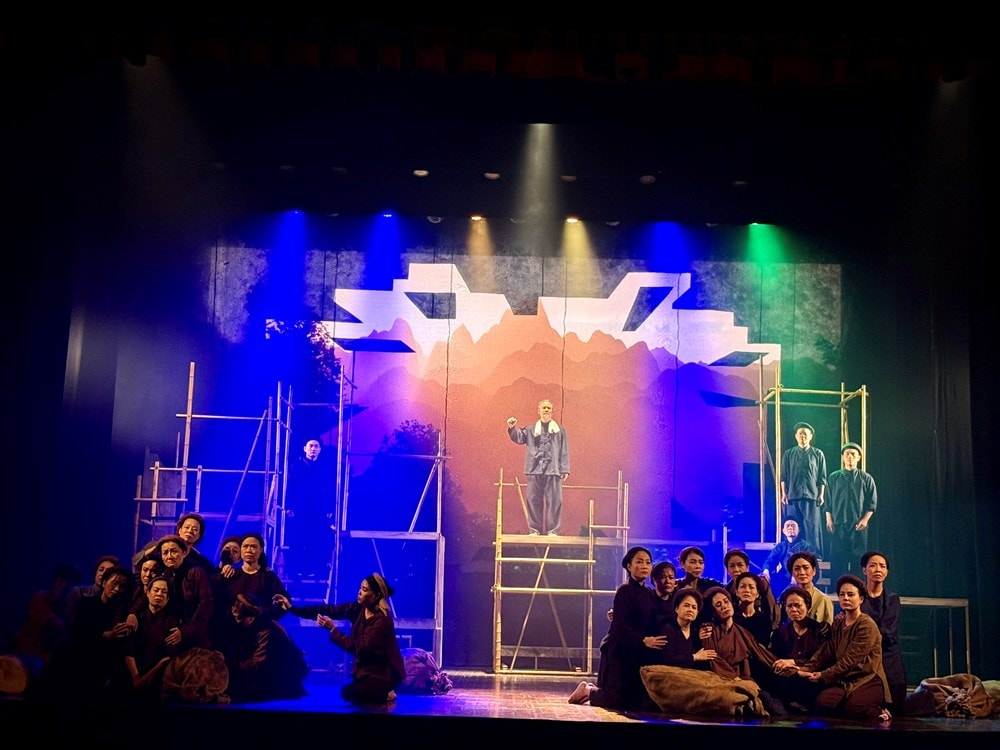
Many theme songs with lyrics written by Associate Professor Dr. Nguyen The Ky himself were set to music, becoming the red thread guiding the flow of emotions from beginning to end. Not only lyrics, but also physical elements, dance, painting, visual effects and sound were delicately blended, creating a multi-colored stage picture.
A unique feature is the image of “bamboo scaffolding” throughout the stage - symbolizing the process of building the country. The scenes rotate from China, Tan Trao to Pac Bo... coherently and seamlessly like the unceasing footsteps of Uncle Ho and his comrades.
Throughout the play, the audience was deeply impressed by the scene of Uncle Ho writing on stone to be printed in a newspaper - a historical detail elevated to a visual art symbol. Or the scene of Uncle Ho and the soldiers singing vọng cổ right on stage, erasing the distance between the historical figure and the audience, making emotions spread naturally, heartily without being sad. In particular, the scene of reading the Declaration of Independence on the background of the red flag with a yellow star fluttering made many audiences moved, as if they were directly witnessing the sacred moment of the nation.
Director Trieu Trung Kien revealed that the script incorporates many little-known historical details, such as Uncle Ho's battle of wits with exiled organizations, or his clever cooperation with the US to receive weapons, medicine and train the first armed forces. These documents help the play not only have artistic value but also rich historical value.
People's Artist Doan Chau - former Director of the Vietnam Drama Theater commented: "The new point of the play is to portray the leader in everyday moments - something rarely seen in works with the same theme. The audience can live in a historical atmosphere but still feel the closeness and humanity."
From Literature to Theatre: Challenges and Creativity
Adapting a historical novel to the stage is always a challenge: being faithful to historical facts while finding a stage language that can captivate the audience. With "From Viet Bac to Hanoi", the crew solved this problem thanks to the harmonious coordination between the author, director, musician, artist and actors.
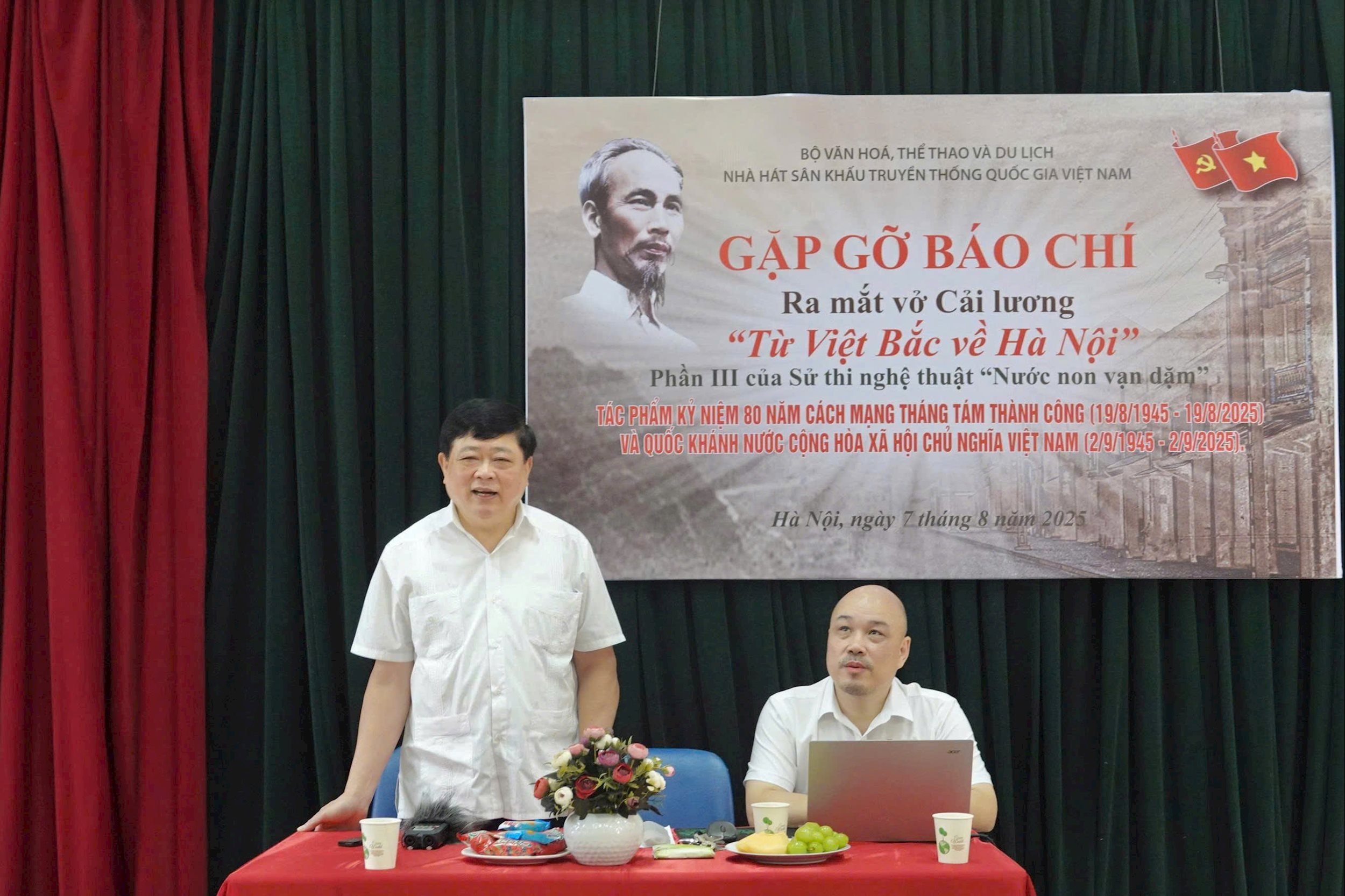
Associate Professor Dr. Nguyen The Ky shared: “What I hope is that when the audience leaves the theater, they will not only remember historical events, but also carry with them the echoes of a person - Uncle Ho - with all his simplicity, tolerance and boundless love for the nation.”
"From Viet Bac to Hanoi" is not simply a historical cai luong play. It is a testament to the ability to renew revolutionary theater, blending epic and lyrical elements, history and art, ideals and emotions. The play contributes to affirming the enduring vitality of cai luong in contemporary life, knowing how to touch the hearts of audiences with stories of the past but conveying messages for today.

Amidst social changes, revolutionary theater still finds its place when it knows how to combine historical fidelity with artistic creation.
"From Viet Bac to Hanoi" not only recreates the historical journey from the war zone to the capital, but also brings the audience closer to the person of Ho Chi Minh - simple but great. That is the greatest success of the play, so that the audience leaves the theater with a quiet pride, with a question: how will we continue that ideal and love in the present and the future?
Source: https://baonghean.vn/tu-viet-bac-ve-ha-noi-ban-truong-ca-san-khau-ve-bac-ho-gian-di-ma-vi-dai-10304542.html








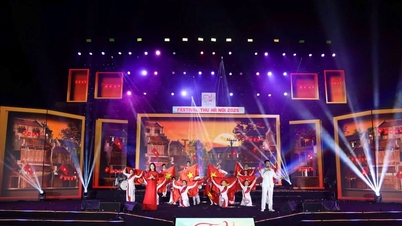

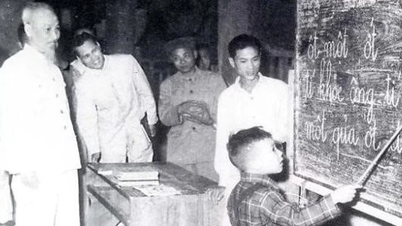

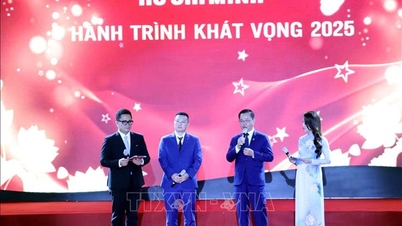

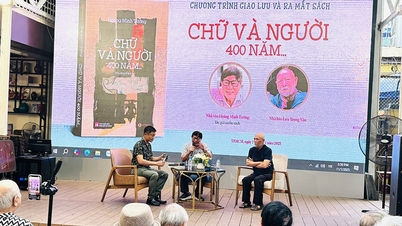



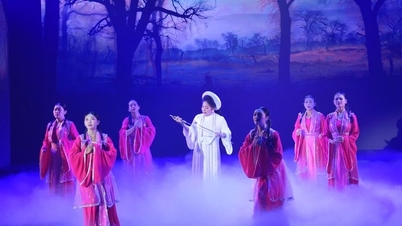
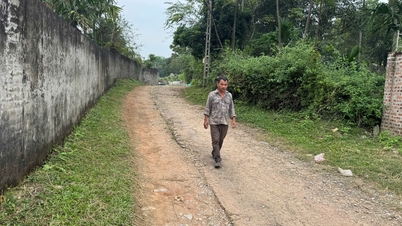

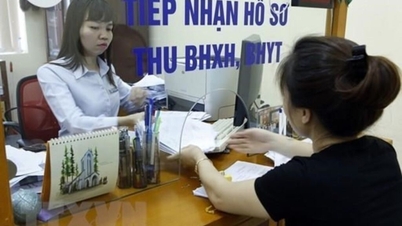

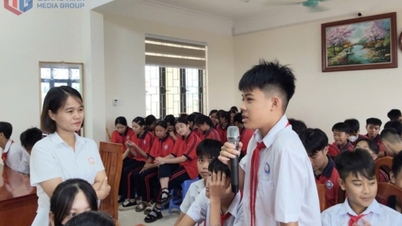




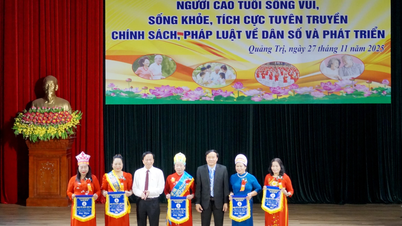









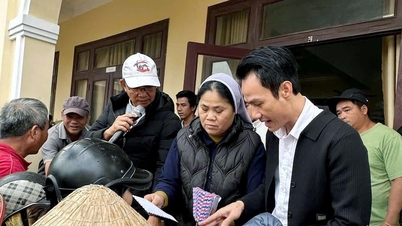
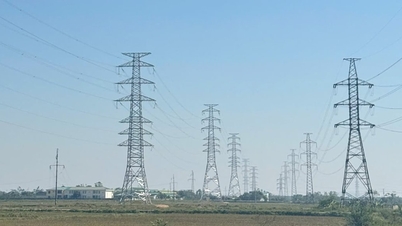


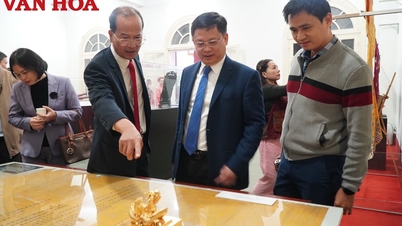




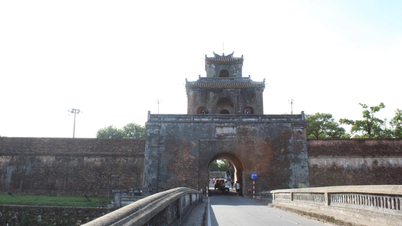

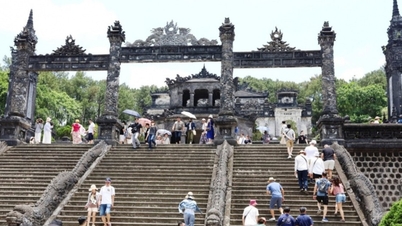

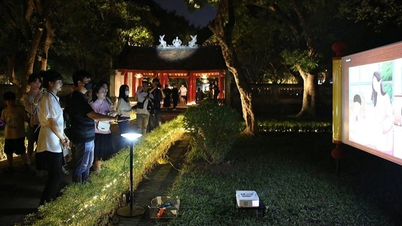

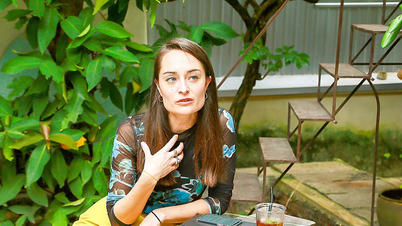

















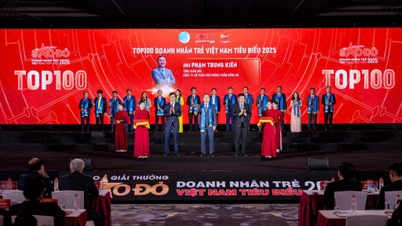






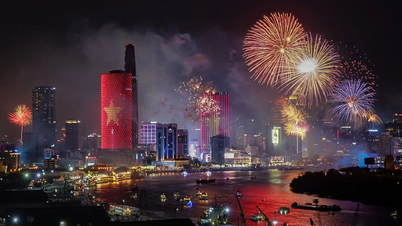



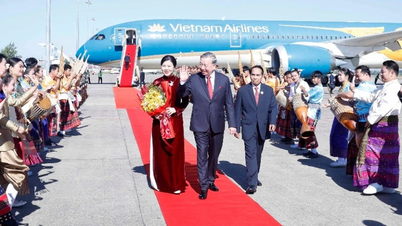
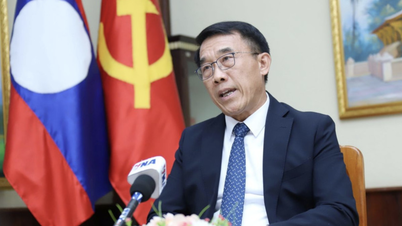


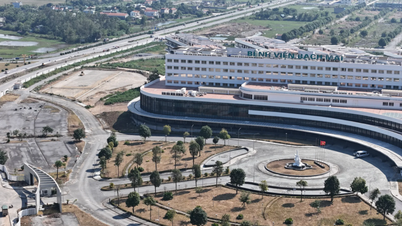






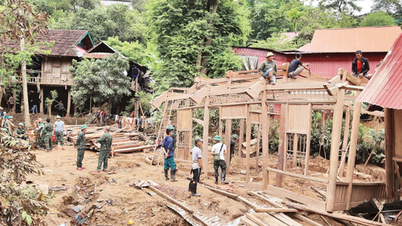

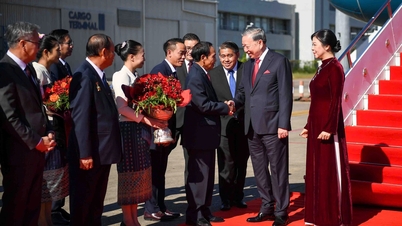

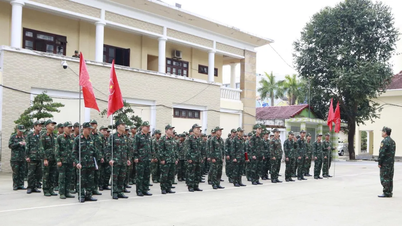




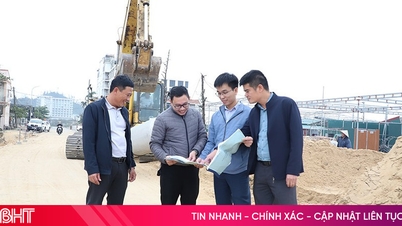

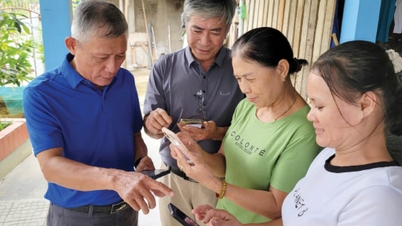












Comment (0)